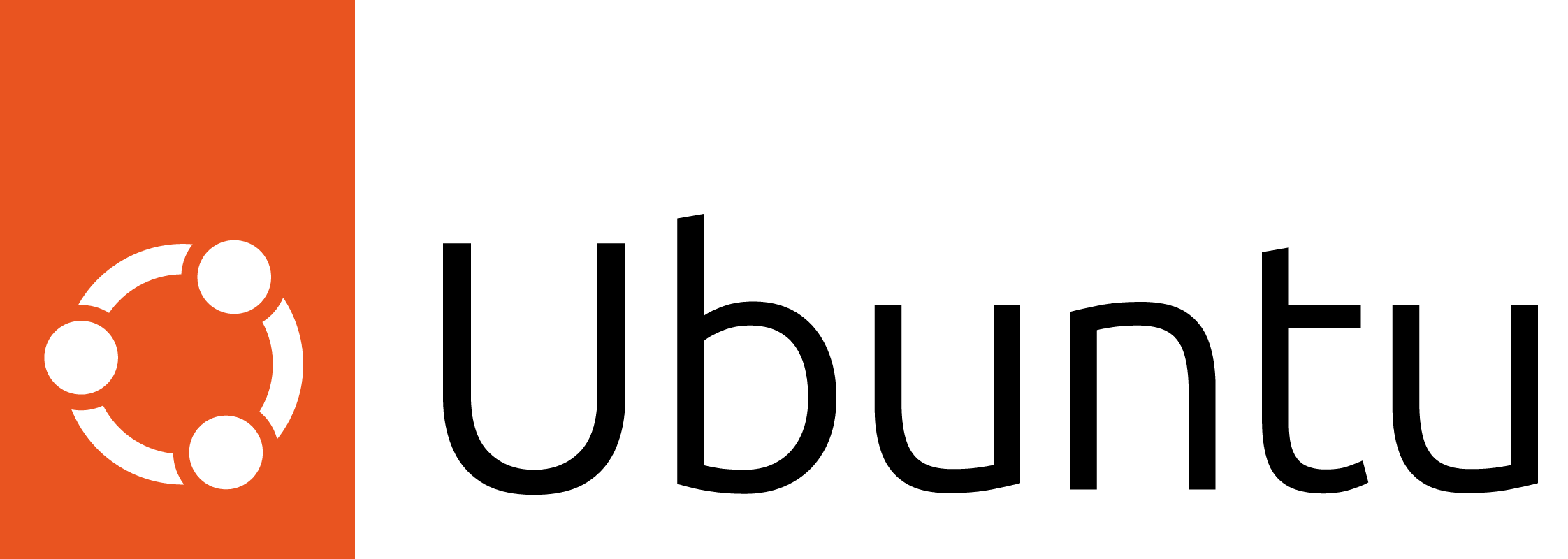Intial Hebrew trials
Canonical
on 23 September 2010
Tags: Dalton Maag , Design , font , Hebrew , typography , Ubuntu Desktop , web
The Ubuntu project is going full speed. We have started intial work on the Hebrew and would like to share a few thoughts with you. This PDF illustrates how we arrived at some of the basic proportions.
Pages 1 to 5 deal with the proportional relationship of the Hebrew height against the Latin x- and cap heights. From the start it was clear to us that a Hebrew to full cap height would be too big so we set it at 90% of cap height (T1). The other extreme is set just above x-height (T2). We then proceeded to create two variations in between to allow us to make an informed decision in regards to the correct proportion.
Examining the proofs in pages 1 to 5 our design team agreed that T2 and instance 400 are too small to stand up against the Latin. Instance 600 was closer and was considered but in the end we all felt that T1 provided the right proportional relationship, and also feels the right size within itself. Page 6 shows some sample setting of T1 and I feel it sits very comfortably on the page. Page 7 displays a glyph overview of the characters designed so far.
We are aware that the design of the glyphs still needs a lot of work but their design allows us to establish the basic grid, the proportions and how some design details are to be treated. At present we would like to hear your opinion in regards to its proportional relationship with the Latin, also bearing in mind that the Hebrew will be used within a GUI environment.
Bruno Maag

Ubuntu for desktops
The open source Ubuntu desktop operating system powers millions of PCs and laptops around the world.
Ubuntu is fast, modern, secure and it comes with everything you need to run your organisation, school, home or enterprise.
Newsletter signup
Related posts
A deep dive into our grid system and typography for the A4 format
We recently redesigned our whitepapers as part of our broader rebranding project. Let’s look at some of the ideas behind our approach to layout and...
Canonical Releases Ubuntu 25.04 Plucky Puffin
The latest interim release of Ubuntu introduces “devpacks” for popular frameworks like Spring, along with performance enhancements across a broad range of...
How we ran an effective sprint to refresh our website, Part 1
Part 1 of how we ran a design sprint to refresh our website. Sharing what worked, what didn’t, and lessons from designing for open source in mind.
